
Yap: The Jewel of Micronesia
Discover Yap in Micronesia: A serene island paradise known for its rich cultural heritage, stunning marine life, and warm hospitality. Experience traditional customs and natural beauty.
Yap, a captivating island in Micronesia, is renowned for its unique cultural heritage and serene natural beauty. This enchanting destination offers a rare opportunity to witness traditional Micronesian life. Stone money, ancient customs, and intricate dances are just a few of the cultural treasures that await you. The island's villages are a living museum, where locals proudly preserve and share their rich history. Yap is also a paradise for nature enthusiasts. The island is surrounded by crystal-clear waters, teeming with vibrant marine life. Snorkeling and diving in Yap's pristine coral reefs are unforgettable experiences. Manta rays, sea turtles, and an array of colorful fish greet underwater explorers. The lush rainforests and mangroves offer tranquil hiking trails, where you can discover the island's diverse flora and fauna. Beyond its natural and cultural allure, Yap promises a warm and welcoming atmosphere. The locals, known for their hospitality, are eager to share their island with visitors. Whether you are exploring traditional villages, enjoying water sports, or simply relaxing on the beach, Yap offers a peaceful retreat from the hustle and bustle of modern life.
Local tips in Yap
- Respect local customs and dress modestly, especially in villages.
- Carry cash as credit cards are not widely accepted on the island.
- The best time to visit is during the dry season from December to April.
- Try the local delicacies like taro, coconut crab, and fresh seafood.
- Book diving tours in advance to secure spots for manta ray sightings.
- Engage with local guides for an authentic experience and deeper understanding of Yap's culture.
Yap: The Jewel of Micronesia
Yap, a captivating island in Micronesia, is renowned for its unique cultural heritage and serene natural beauty. This enchanting destination offers a rare opportunity to witness traditional Micronesian life. Stone money, ancient customs, and intricate dances are just a few of the cultural treasures that await you. The island's villages are a living museum, where locals proudly preserve and share their rich history. Yap is also a paradise for nature enthusiasts. The island is surrounded by crystal-clear waters, teeming with vibrant marine life. Snorkeling and diving in Yap's pristine coral reefs are unforgettable experiences. Manta rays, sea turtles, and an array of colorful fish greet underwater explorers. The lush rainforests and mangroves offer tranquil hiking trails, where you can discover the island's diverse flora and fauna. Beyond its natural and cultural allure, Yap promises a warm and welcoming atmosphere. The locals, known for their hospitality, are eager to share their island with visitors. Whether you are exploring traditional villages, enjoying water sports, or simply relaxing on the beach, Yap offers a peaceful retreat from the hustle and bustle of modern life.
When is the best time to go to Yap?
Iconic landmarks you can’t miss
Manta Ray Bay Resort & Yap Divers
Experience the beauty of Yap at Manta Ray Bay Resort & Yap Divers, where adventure meets luxury in a tropical paradise.

ESA Bay View Hotel
Experience the warmth of Yap at ESA Bay View Hotel, where comfort meets local culture in the heart of Colonia.

Oceania Hotel Restaurant Bar
Experience the best of Yap at Oceania Hotel Restaurant Bar, where comfort meets local flavors and breathtaking views.
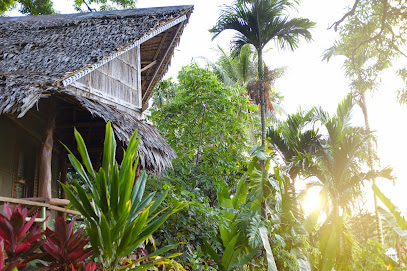
Yap Islands
Explore the Yap Islands, a stunning paradise in Micronesia, filled with rich culture, breathtaking landscapes, and incredible marine adventures.
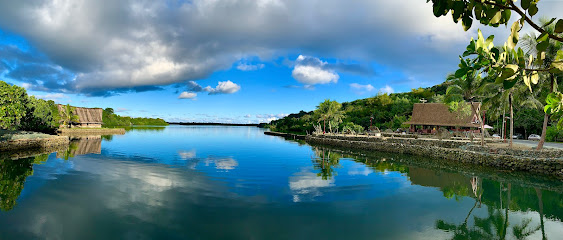
Yap International Airport
Experience the enchanting cultures and stunning landscapes of Yap as you arrive at Yap International Airport, your gateway to adventure in the Pacific.
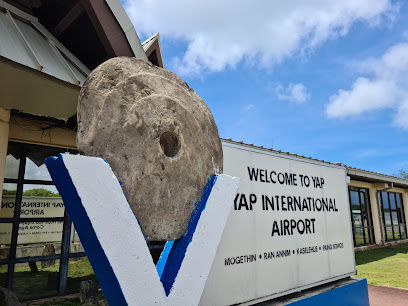
O'keefe's Waterfront Inn
Experience tranquility and local hospitality at O'Keefe's Waterfront Inn, your gateway to the natural and cultural wonders of Yap.
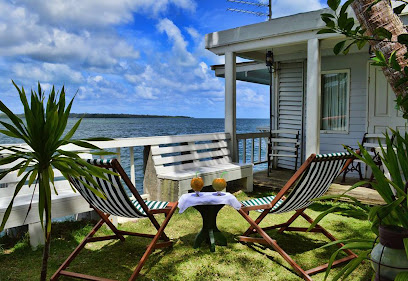
Hiltop Motel
Discover the charm of Yap at Hiltop Motel, your cozy retreat in Colonia, blending local culture with modern comfort for an unforgettable stay.
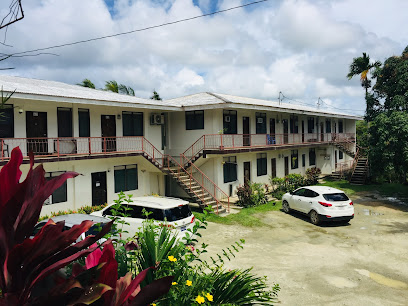
Yap Living History Museum
Discover Yap's cultural heritage at the Yap Living History Museum, where tradition meets tranquility in a serene park setting.
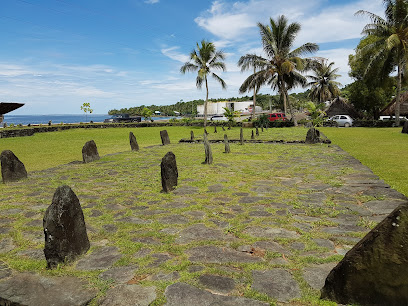
Yap Stone Money Bank
Explore the Yap Stone Money Bank: A unique cultural treasure showcasing the ancient stone currency of Yap, reflecting its rich heritage and history.
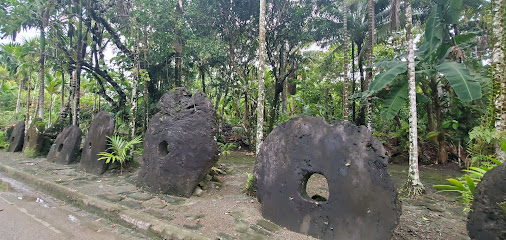
Yap Vistors Bureau
Explore Yap's breathtaking beauty and rich culture through the invaluable resources at the Yap Visitors Bureau in Colonia.
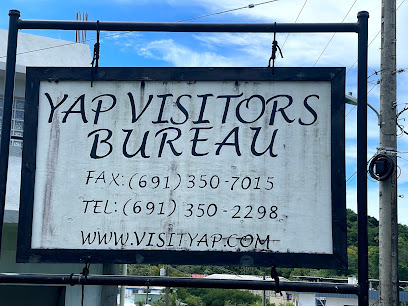
Spanish Fort (Yap)
Explore the historic Spanish Fort in Yap, a majestic fortress offering stunning views and a glimpse into the island's colonial past.

WWII Plane remains
Explore the haunting beauty of WWII Plane remains in Yap, a historical landmark that offers a glimpse into the past amidst stunning natural surroundings.

Village View Resort
Experience the serene beauty of Yap at Village View Resort, a tranquil retreat for travelers seeking comfort and local culture amidst stunning island scenery.

Ethnic Art Institute of Micronesia
Discover the rich cultural heritage of Micronesia at the Ethnic Art Institute in Yap, showcasing traditional art and local craftsmanship.

Unmissable attractions to see
Palau Dive Adventures
Explore the underwater paradise of Palau with Palau Dive Adventures, offering expert diving services and unforgettable marine experiences.
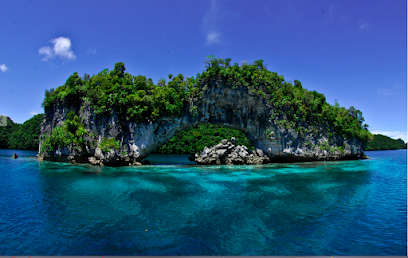
Manta Ray Bay Resort & Yap Divers
Experience the ultimate tropical getaway at Manta Ray Bay Resort & Yap Divers, where adventure and relaxation meet in a stunning Pacific paradise.

Kepirohi Waterfall
Explore the breathtaking Kepirohi Waterfall in Pohnpei, a perfect blend of adventure and nature's beauty, ideal for hiking, swimming, and relaxation.
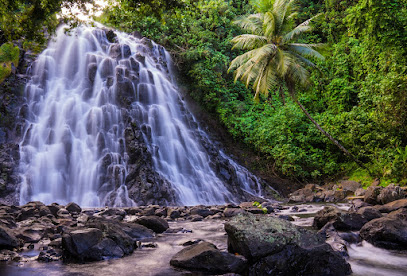
Yap Islands
Explore the stunning Yap Islands, where rich traditions and vibrant marine life create an unforgettable island getaway.
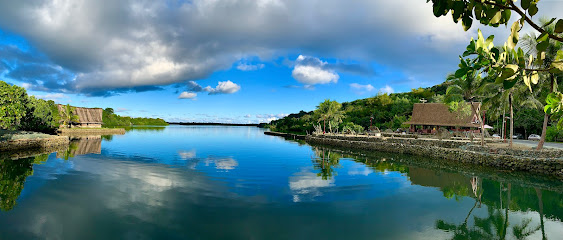
Yap Living History Museum
Immerse yourself in the rich cultural heritage of Yap at the Living History Museum, where history comes alive through engaging exhibits and traditional demonstrations.
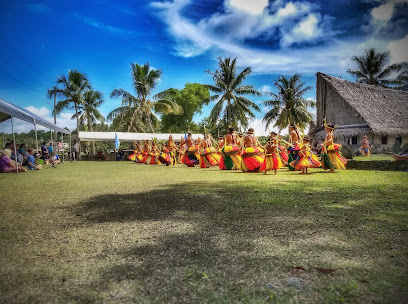
Sunset Park
Explore the serene beauty of Sunset Park in Yap, where lush landscapes and stunning sunsets create an unforgettable experience for all visitors.
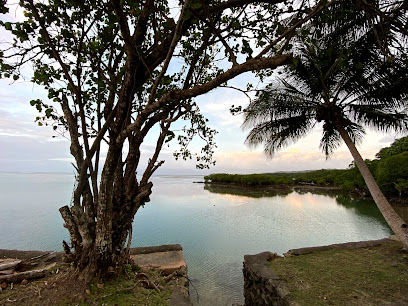
Spanish Wall Park
Discover the serene landscapes and rich history of Spanish Wall Park in Kolonia, a peaceful retreat in the heart of Pohnpei's natural beauty.
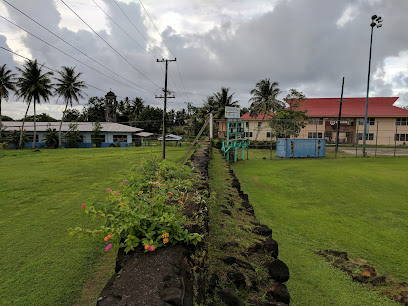
Mala'ay Sunset Park
Discover the tranquil beauty of Mala'ay Sunset Park in Yap, where nature meets breathtaking sunsets for a perfect escape.
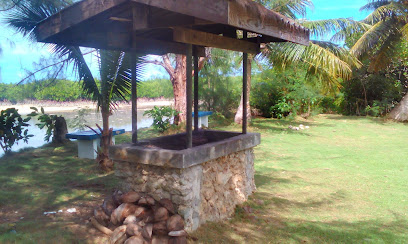
Gilfith Youth Park (Tane Aw)
Experience the beauty and tranquility of Gilfith Youth Park in Colonia, Yap - a perfect destination for nature lovers and families seeking relaxation.
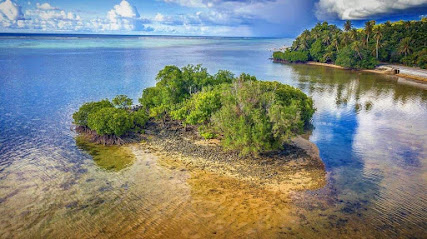
Gilyal Beach Park
Explore Gilyal Beach Park, a tranquil paradise in Kanif, Yap, where sun, sand, and sea await your discovery.

Rai Stones
Explore the Rai Stones of Yap Island, a unique cultural treasure and ancient currency that speaks volumes about the rich heritage and traditions of the Yapese people.
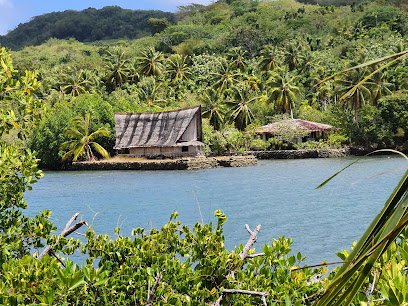
Chamorro Bay
Discover the stunning beauty of Chamorro Bay, a tranquil paradise in Colonia, perfect for swimming, snorkeling, and relaxation amidst nature.

Yap Stone Money Bank
Explore the Yap Stone Money Bank, a unique cultural treasure showcasing large Rai stones that symbolize the fascinating history of Yap's traditional currency.
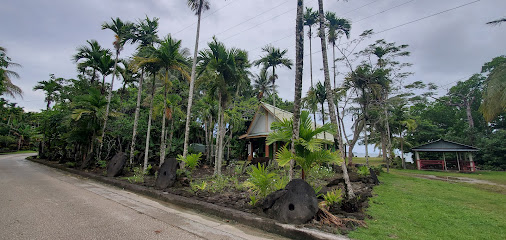
Ifalik Harbor
Experience the serene beauty and cultural richness of Ifalik Harbor in Yap, where breathtaking views and vibrant marine life await your discovery.

Dechmur Mens House
Explore the cultural heritage of Yap at Dechmur Mens House, an iconic tourist attraction showcasing traditional architecture and local customs.

Essential places to dine
Elilai Seaside Dining
Discover exquisite fine dining at Elilai Seaside Dining in Koror, where local flavors meet stunning ocean views for an unforgettable culinary experience.

The Canoe House
Experience culinary delight at The Canoe House in Koror, Palau – where vibrant flavors meet lively entertainment.
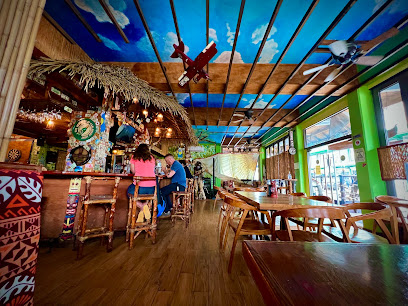
Manta Ray Bay Resort & Yap Divers
Discover paradise at Manta Ray Bay Resort & Yap Divers – your ultimate gateway to adventure and relaxation in beautiful Yap.
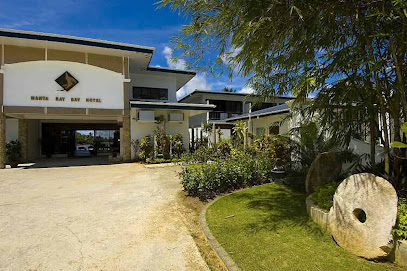
Palm Bay Bistro
Experience the vibrant flavors of Pan Asian cuisine at Palm Bay Bistro in Malakal - where culinary excellence meets breathtaking views.
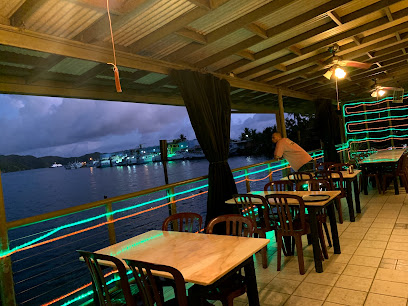
Carp Restaurant
Experience authentic Palauan flavors at Carp Restaurant in Koror—where every meal is made with love and local ingredients.

Okemii Deli & Internet Cafe
Experience authentic flavors at Okemii Deli & Internet Cafe in Koror, Palau - where local cuisine meets global tastes.
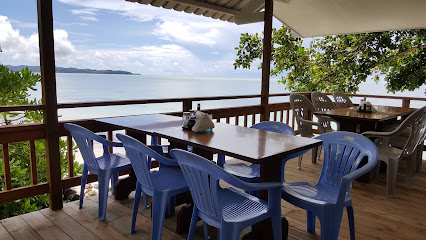
Joy Hotel & Restaurant
Experience the best of Japanese cuisine at Joy Hotel & Restaurant in Kolonia, Pohnpei - where taste meets tradition in a tropical paradise.

Red Rooster Cafe
Discover delicious local and international cuisine at Red Rooster Cafe in Koror - a culinary gem in Palau's tropical paradise.
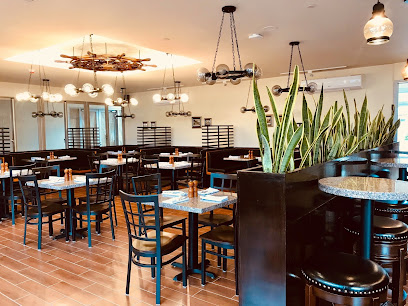
Chinastar Hotel & Restaurant
Experience the best of Chinese cuisine and local flavors at Chinastar Hotel & Restaurant in Kolonia, Pohnpei - where hospitality meets culinary excellence.

7 Stars Inn & Riverside Restaurant
Experience island hospitality at 7 Stars Inn & Riverside Restaurant - where exquisite cuisine meets breathtaking river views.

Mangrove Bay Bar
Discover the vibrant nightlife at Mangrove Bay Bar in Pohnpei - where tropical cocktails meet breathtaking views.
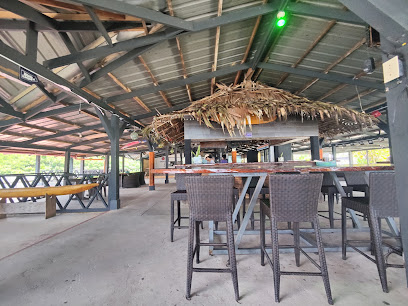
ESA Bay View Hotel
Experience comfort at ESA Bay View Hotel in Yap - your perfect escape into tranquility surrounded by stunning landscapes.
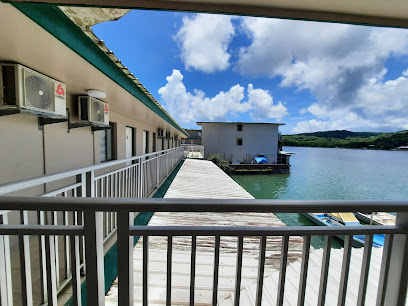
Oceania Hotel Restaurant Bar
Discover exquisite flavors and refreshing drinks at Oceania Hotel Restaurant Bar in Yap - your ultimate dining destination!
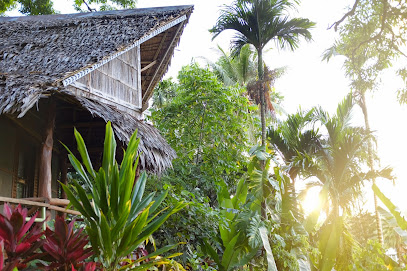
Hungry Marlin Restaurant & Bar at COVE Resort Palau
Discover culinary delights at Hungry Marlin Restaurant & Bar in Koror, Palau - where fresh flavors meet breathtaking views.
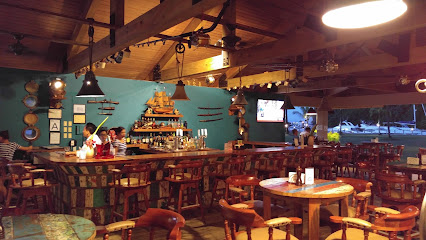
Town's Diner
Discover delicious local cuisine and cozy ambiance at Town's Diner in Kolonia - your go-to spot for breakfast and beyond.
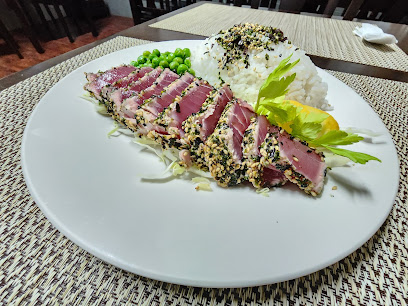
Markets, malls and hidden boutiques
Manta Ray Bay Resort & Yap Divers
Discover the enchanting Manta Ray Bay Resort & Yap Divers, where adventure meets relaxation in the heart of Yap's stunning paradise.

Yap Cooperative Association General Store
Explore the Yap Cooperative Association General Store in Colonia for unique local products and a taste of Yapese culture.
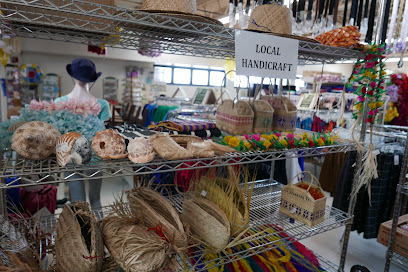
K.T.Store
Explore local flavors and fresh produce at K.T.Store, your go-to grocery destination in Ngariy, Yap, for a taste of authentic island life.

Arthur's Fish Market
Explore Yap's culinary scene at Arthur's Fish Market, where fresh seafood meets local culture in a vibrant market atmosphere.

Gilmar Store
Discover the heart of Yap at Gilmar Store, where local handicrafts and essential goods await every traveler.
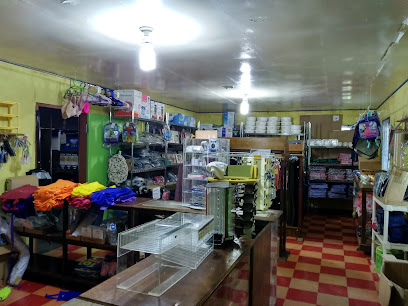
EMI Enterprises
Explore EMI Enterprises, the vibrant shopping mall in Yap, where local culture meets diverse shopping options for every traveler.
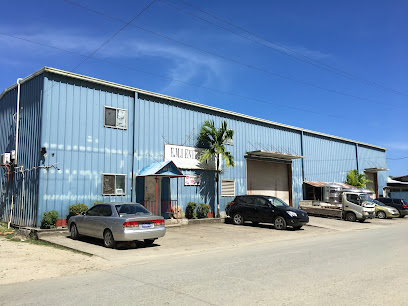
Jun's Bakery
Experience the flavors of Yap at Jun's Bakery, where every bite offers a taste of local tradition and warmth in a cozy setting.
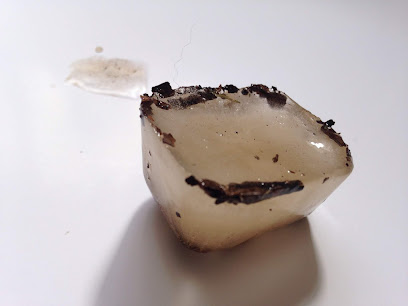
Sunset Mini Mart
Explore the local flavors at Sunset Mini Mart in Talangith, Yap, where snacks and drinks await to fuel your island adventures.

YSM CENTERPOINT
Explore Yap with ease at YSM Centerpoint, your friendly convenience store offering snacks, beverages, and essential items for your adventure.
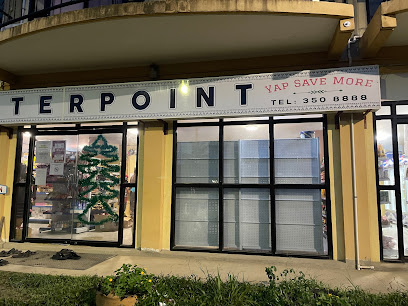
Pik N Sev Enterprises
Discover the authentic flavors of Yap at Pik N Sev Enterprises, your go-to grocery store for local delicacies and island essentials.
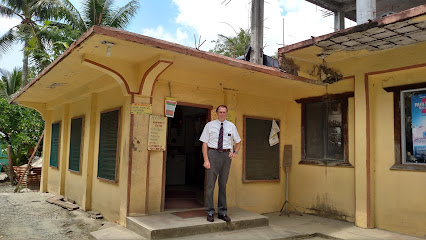
YCA Hardware
Discover YCA Hardware in Yap for all your DIY needs, offering a wide selection of tools and supplies for home improvement projects.
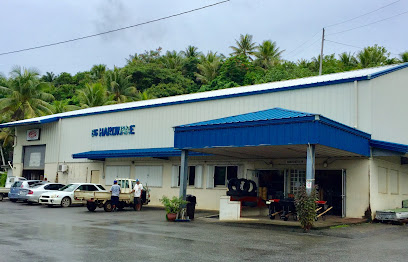
Savannah Store
Discover the heart of Yap at Savannah Store, your go-to stop for fuel, local snacks, and a taste of the island's vibrant culture.

ACES MART 2
Explore ACES MART 2 in Colonia, Yap for unique clothing and personal care items that capture the essence of island life.
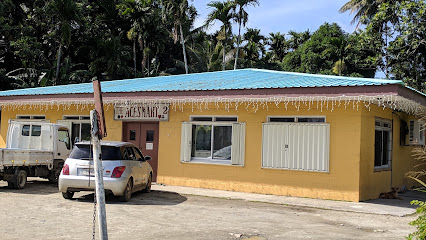
ACES MART 1
Explore the vibrant flavors and local goods at ACES MART 1, a premier grocery store in Yap, perfect for stocking up on essentials during your island adventure.
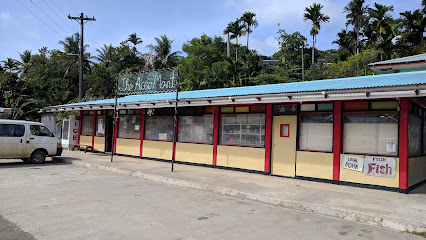
Jhun's Bakery
Experience the delightful flavors of Yap at Jhun's Bakery, where fresh ingredients and local recipes come together to create unforgettable baked goods.
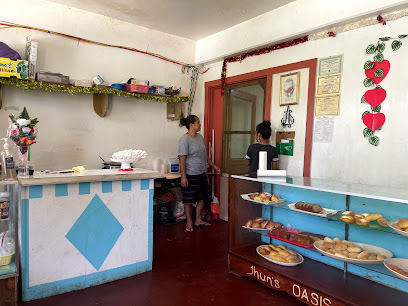
Essential bars & hidden hideouts
Manta Ray Bay Resort & Yap Divers
Discover paradise at Manta Ray Bay Resort & Yap Divers, where adventure meets relaxation in the heart of Yap's stunning landscapes.
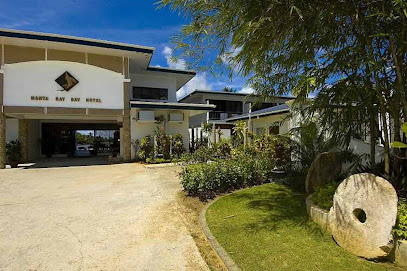
ESA Bay View Hotel
Experience the charm of Yap at ESA Bay View Hotel, your perfect home base for island adventures and cultural exploration.
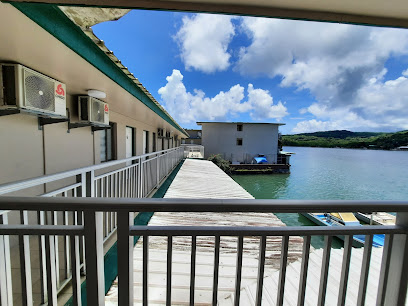
Oceania Hotel Restaurant Bar
Experience the vibrant flavors and friendly atmosphere at Oceania Hotel Restaurant Bar in Colonia, Yap - a culinary paradise in the Pacific.
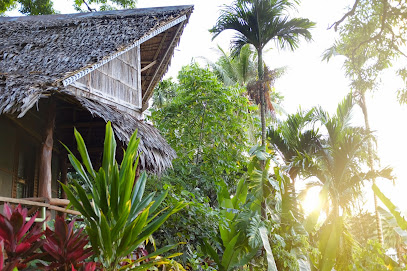
O'keefe's Waterfront Inn
Discover the serene beauty of Yap at O'keefe's Waterfront Inn, where comfort meets stunning waterfront views.
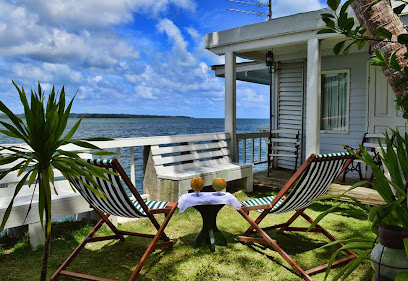
Manta Ray SV Mnuw
Explore the exquisite flavors of Yap at Manta Ray SV Mnuw, where local ingredients meet exceptional culinary creativity.
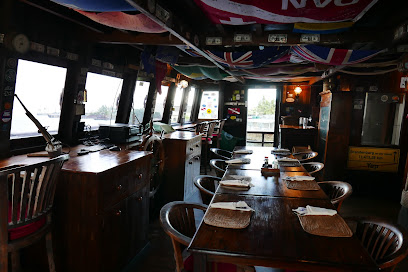
Pine Bar and Grill
Experience the best of Yap's culinary delights at Pine Bar and Grill, where local flavors meet a friendly atmosphere.
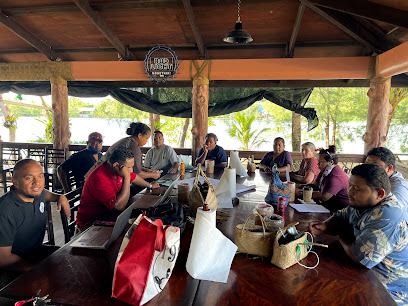
YSM's PUREMART
Discover all your essential needs at YSM's PUREMART, Yap's friendly convenience store offering local and international products.
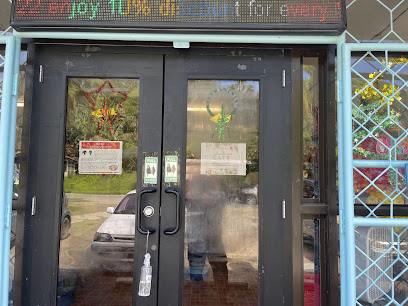
Yap Marina Sports Bar and Grill
Experience the flavors of Yap at Yap Marina Sports Bar and Grill, where fresh ingredients meet stunning marina views for an unforgettable dining experience.
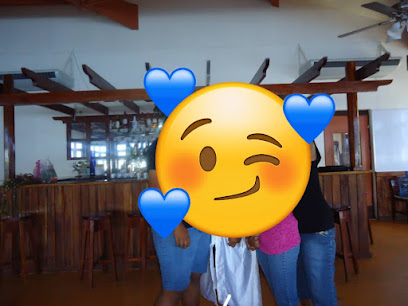
Local Phrases
-
- HelloMogethin
[moh-geth-een] - GoodbyeRuwu
[roo-woo] - YesOor
[ohr] - NoMing
[meeng] - Please/You're welcomeSaar
[sahr] - Thank youRaakel
[rah-kel] - Excuse me/SorryDihng
[deeng] - How are you?Me lala
[meh lah-lah] - Fine. And you?Me lala. Re lala?
[meh lah-lah. reh lah-lah?] - Do you speak English?Me renged English?
[meh rehng-ed English?] - I don't understandMe mwaq lala
[meh mwahng lah-lah]
- HelloMogethin
-
- I'd like to see the menu, pleaseMe lala eru menu, sohsoh
[meh lah-lah eh-roo menu, sohs-ohs] - I don't eat meatMe mwaq iis
[meh mwahng ees] - Cheers!Kamam
[kah-mahm] - I would like to pay, pleaseMe lala eru kori, sohsoh
[meh lah-lah eh-roo koh-ree, sohs-ohs]
- I'd like to see the menu, pleaseMe lala eru menu, sohsoh
-
- Help!Mwenge
[mwehng-eh] - Go away!Su rei
[soo reh-ee] - Call the Police!Me ree Police!
[meh reh poh-lees] - Call a doctor!Me ree doctor!
[meh reh dohk-tohr] - I'm lostMe mwaq ngarang
[meh mwahng ngah-rahngh] - I'm illMe sar
[meh sahr]
- Help!Mwenge
-
- I'd like to buy...Me lala eru...
[meh lah-lah eh-roo...] - I'm just lookingMe dengir
[meh dehng-eer] - How much is it?Ko me sohng?
[koh meh sohng?] - That's too expensiveMe re sohng pang
[meh reh sohng pahng] - Can you lower the price?Me re sohng kohng
[meh reh sohng kohng]
- I'd like to buy...Me lala eru...
-
- What time is it?Mwenge sohng?
[mwehng-eh sohng?] - It's one o'clockOor me sohng
[ohr meh sohng] - Half past (10)Mwahng sohng (10)
[mwahng sohng (10)] - MorningSaar
[sahr] - AfternoonPahng
[pahng] - EveningParso
[pahr-soh] - YesterdaySuun
[soo-oon] - TodaySo
[soh] - TomorrowRe
[reh] - 1Oor
[ohr] - 2Re
[reh] - 3Tihl
[teel] - 4Faar
[fahr] - 5Lima
[lee-mah] - 6Onom
[oh-nom] - 7Fitu
[fee-too] - 8Waru
[wah-roo] - 9Siyam
[see-yahm] - 10Sapu
[sah-poo]
- What time is it?Mwenge sohng?
-
- Where's a/the...?So re...
[soh reh...] - What's the address?So re address?
[soh reh address?] - Can you show me (on the map)?Me re sohng sohng (soh map)?
[meh reh sohng sohng (soh map)?] - When's the next (bus)?Mwenge re sohng (bus)?
[mwehng-eh reh sohng (bus)?] - A ticket (to ....)Re ree tiket (to ....)
[reh reh tee-keht (to ....)]
- Where's a/the...?So re...
History of Yap
-
Yap is renowned for its traditional navigation techniques. The Yapese people were skilled seafarers, using stars, wave patterns, and other natural indicators to navigate vast distances across the Pacific Ocean. This expertise in oceanic travel played a crucial role in their trade and cultural exchanges with neighboring islands.
-
Yap is famous for its unique stone money, known as Rai stones. These large, circular limestone discs were used in various transactions, from dowries to political agreements. The value of a Rai stone was determined by its size, craftsmanship, and the effort involved in transporting it from its quarry, often located on the island of Palau.
-
Yap's strategic location in the Pacific made it a target for colonial powers. In the late 19th century, Spain claimed the island, only to sell it to Germany in 1899. During World War I, Japan took control of Yap, incorporating it into its South Seas Mandate under the League of Nations. Each colonial power left its mark on Yap's infrastructure and cultural landscape.
-
Yap played a significant role during World War II, primarily as a Japanese military base. The island was heavily bombarded by Allied forces, leaving behind numerous wartime relics, including aircraft wrecks, bunkers, and tunnels. These remnants serve as a somber reminder of the island's strategic importance and the impact of the war on its inhabitants.
-
After World War II, Yap became part of the Trust Territory of the Pacific Islands, administered by the United States. This period saw significant changes in Yap's political and social structures, as well as the introduction of modern amenities and infrastructure. The influence of American culture and policies can still be seen in Yap today.
-
In 1986, Yap, along with the other states of the Federated States of Micronesia, gained independence from the United States through the Compact of Free Association. This agreement established Yap's sovereignty while maintaining close ties to the United States for defense and economic assistance. Yap continues to celebrate its unique cultural heritage while navigating the challenges of modernity.
-
Yap is committed to preserving its rich cultural heritage, including traditional dances, crafts, and navigation skills. The Yap Living History Museum and other cultural initiatives aim to educate both locals and visitors about the island's history and traditions. However, Yap faces modern challenges such as climate change, economic development, and maintaining its cultural identity in a rapidly changing world.
Yap Essentials
-
Yap is accessible via Yap International Airport (YAP), located in Colonia, Yap's capital. United Airlines offers regular flights from Guam and Palau, which are the primary connections to Yap. Flights from these locations typically operate multiple times a week. Be sure to check the flight schedules in advance, as they can change seasonally. Another option is to arrive by sea; various cruise ships include Yap in their itineraries, but this is less frequent.
-
Yap is relatively small, and many attractions are within walking distance in Colonia. For longer distances, taxis are available, though they are not metered, so it's advisable to agree on the fare beforehand. Renting a car or scooter is another convenient option for exploring the island at your own pace. Additionally, some hotels offer shuttle services to popular tourist sites. Bicycles can also be rented and are a popular way to get around.
-
The official currency in Yap is the United States Dollar (USD). Credit cards are accepted at larger hotels and some restaurants, but many smaller establishments and local markets operate on a cash-only basis. ATMs are available in Colonia, but it is a good idea to carry sufficient cash, especially if you plan to visit more remote parts of the island.
-
Yap is considered very safe for tourists, with low crime rates. However, like any travel destination, it's important to take standard precautions. Avoid walking alone at night in unfamiliar areas and keep an eye on your belongings in crowded places. There are no specific areas with high crime rates targeting tourists, but staying vigilant is always advisable.
-
In case of emergency, dial 911 for immediate assistance. Colonia has a hospital that can handle most medical emergencies, and there are smaller clinics around the island. It is advisable to have travel insurance that covers medical emergencies. Pharmacies are available in Colonia for minor health issues and over-the-counter medications.
-
Fashion: Do dress modestly, especially when visiting traditional villages. Avoid wearing revealing clothing. Religion: Do respect local customs and traditions. Always ask for permission before entering a village or taking photographs. Public Transport: Do be respectful and courteous to drivers and other passengers. Don't rely on public transport schedules, as they can be irregular. Greetings: Do greet people with a smile and a nod; a handshake is also acceptable. Eating & Drinking: Do try local delicacies such as taro, fish, and coconut-based dishes. Don't refuse food or drink when offered, as it is considered impolite.
-
To experience Yap like a local, visit the traditional stone money banks and learn about their unique cultural significance. Engage with locals, who are often eager to share stories about their history and traditions. Participate in local festivals and dances if you have the opportunity. Don't miss the chance to go snorkeling or diving in Yap's pristine waters, famous for their rich marine life, including manta rays. For a unique experience, try a traditional canoe ride.
Trending Landmark in Yap
-
Manta Ray Bay Resort & Yap Divers
-
ESA Bay View Hotel
-
Oceania Hotel Restaurant Bar
-
Yap Islands
-
Yap International Airport
-
O'keefe's Waterfront Inn
-
Hiltop Motel
-
Yap Living History Museum
-
Yap Stone Money Bank
-
Yap Vistors Bureau
-
Spanish Fort (Yap)
-
WWII Plane remains
-
Village View Resort
-
Ethnic Art Institute of Micronesia
Nearby Cities to Yap
-
Things To Do in Ngaraard
-
Things To Do in Ngerulmud
-
Things To Do in Ngardmau
-
Things To Do in Melekeok
-
Things To Do in Ngaremlengui
-
Things To Do in Ngchesar
-
Things To Do in Ngatpang
-
Things To Do in Airai
-
Things To Do in Koror
-
Things To Do in Koror Town
-
Things To Do in Agat
-
Things To Do in Santa Rita
-
Things To Do in Agana Heights
-
Things To Do in Hagåtña
-
Things To Do in Sinajana







